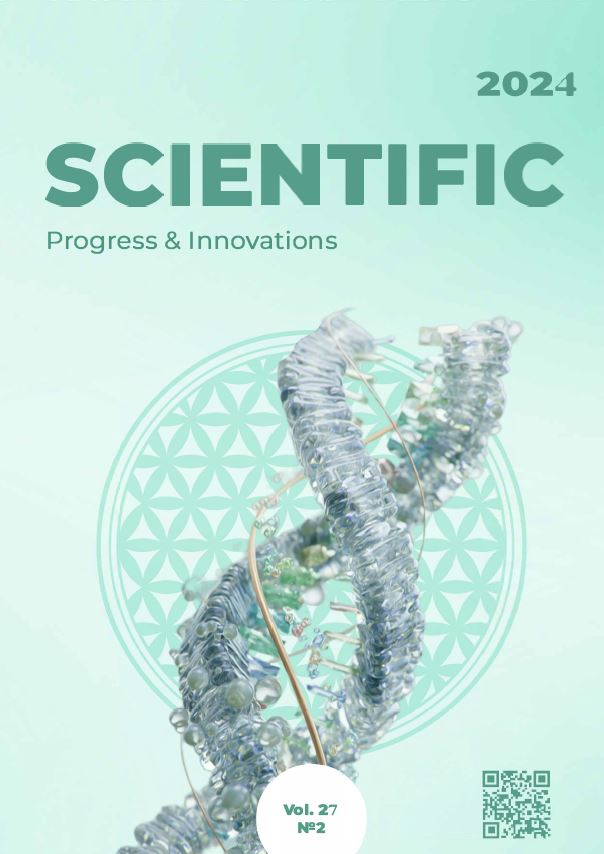Biochemical indicators of blood serum of dogs during toxocarous invasions
DOI:
https://doi.org/10.31210/spi2024.27.02.23Keywords:
parasitology, toxocarosis, dogs, blood serum, biochemical indicators, intensity of invasionAbstract
Blood, as one of the types of tissues of the internal environment, is of great importance for the life of the animal organism. The composition of blood changes in certain physiological conditions, which allows obtaining laboratory information about the state of the body, using it for the benefit of diagnosing diseases, controlling the treatment of sick animals. A blood test allows you to detect hidden changes in organs and tissues that are not manifested clinically. to diagnose the subclinical form of the disease. When organ functions are impaired, local or general pathological processes develop, the biochemical composition of blood serum changes. In this regard, the study of animal blood is a necessary part of research during the diagnosis, especially for helminthiasis, in particular for toxocarosis, since the larvae of helminths migrate to various organs and tissues. The purpose of the research was to investigate the influence of helminths on certain biochemical parameters of the blood serum of dogs with toxocarosis, taking into account the intensity of infestation. Two experimental (patients with toxocarosis with different indicators of intensity of infestation, I – 63.80±6.53 eggs/g, II – 259.40±12.34 eggs/g) and control (clinically healthy) groups of dogs were formed. The conducted studies established the negative impact of toxocarous invasion on the activity of ALT, AST, alkaline phosphatase and the content of total bilirubin, and the higher the indicators of the intensity of the invasion, the more significant changes occurred in biochemical indicators. With a slight intensity of invasion in the blood serum of dogs, an increase in the activity of ALT by 2.0 times (P<0.001), AST by 1.3 times (P<0.05), alkaline phosphatase by 2.2 times (P<0.001 ) and the content of total bilirubin – 1.9 times (P<0.05) compared to clinically healthy dogs. With higher indicators of the intensity of toxocarosis invasion in the blood serum of dogs, the activity of ALT increased by 3.9 times (P<0.001), AST – by 2.8 times (P<0.001), alkaline phosphatase – by 2.4 times (P<0.001 ), as well as the content of total bilirubin – 2 times (P<0.01). The obtained research results expand the already existing data on the pathogenesis of toxocarosis in dogs and allow taking into account the detected changes in the blood when carrying out treatment measures.

 Creative Commons Attribution 4.0 International Licens
Creative Commons Attribution 4.0 International Licens